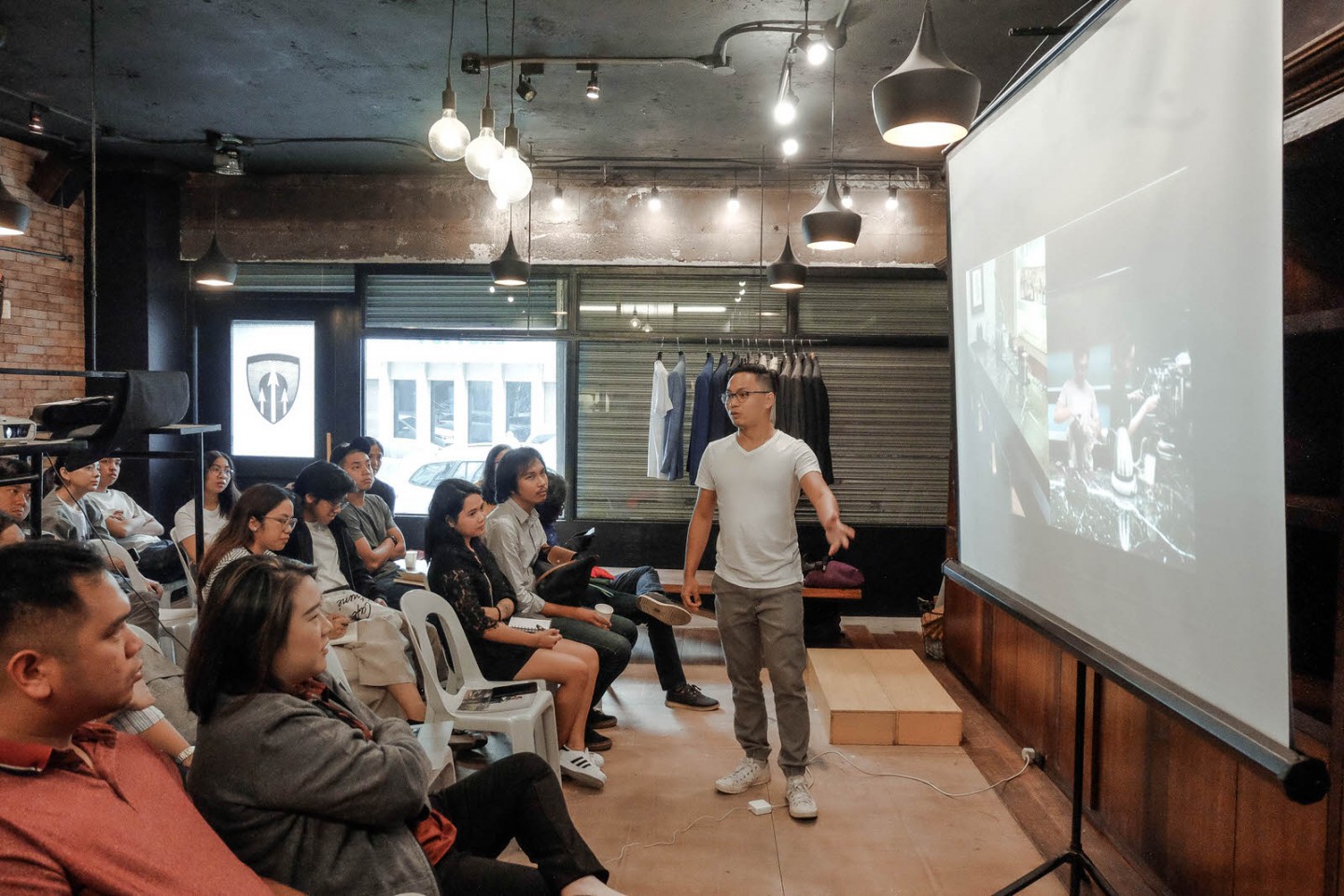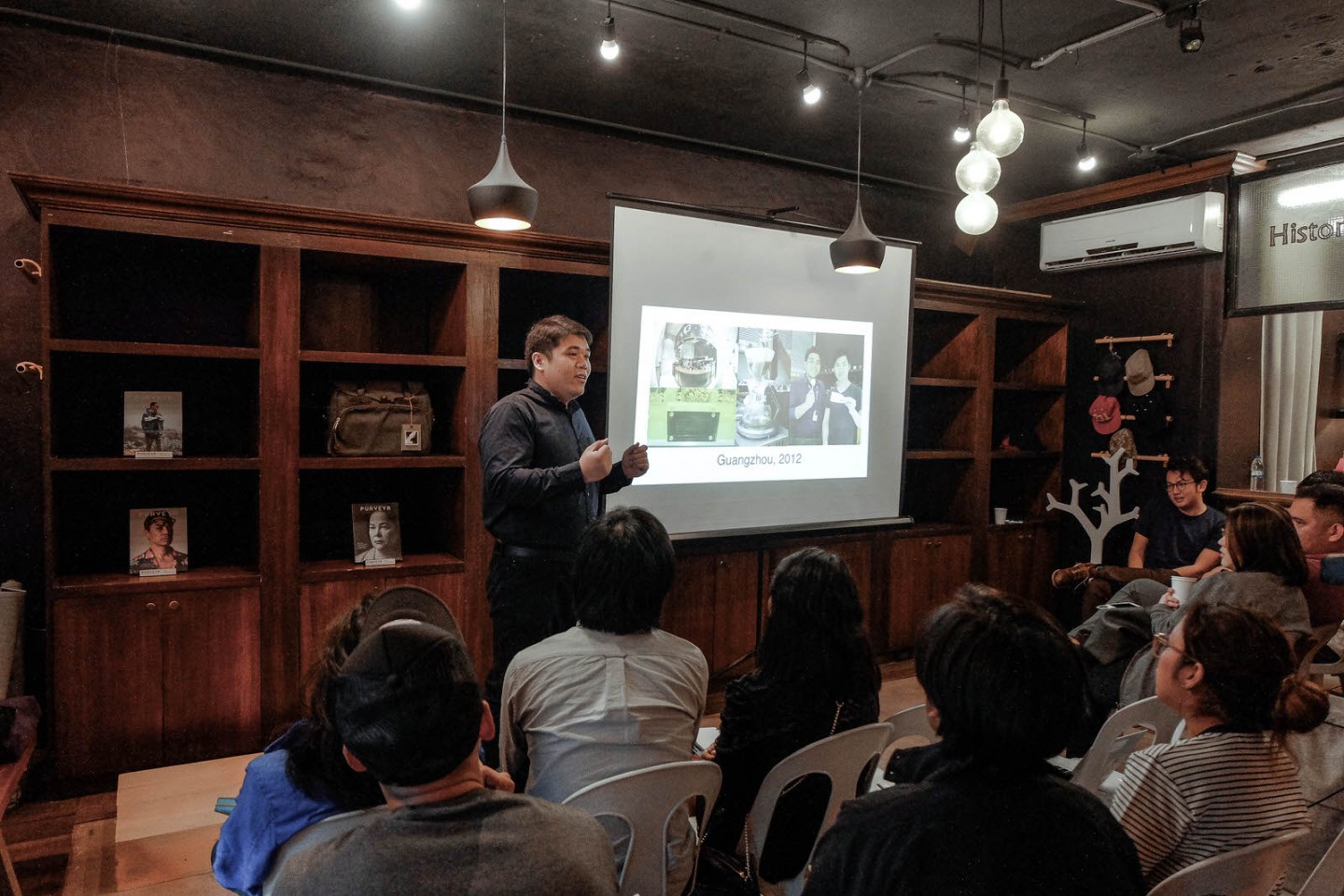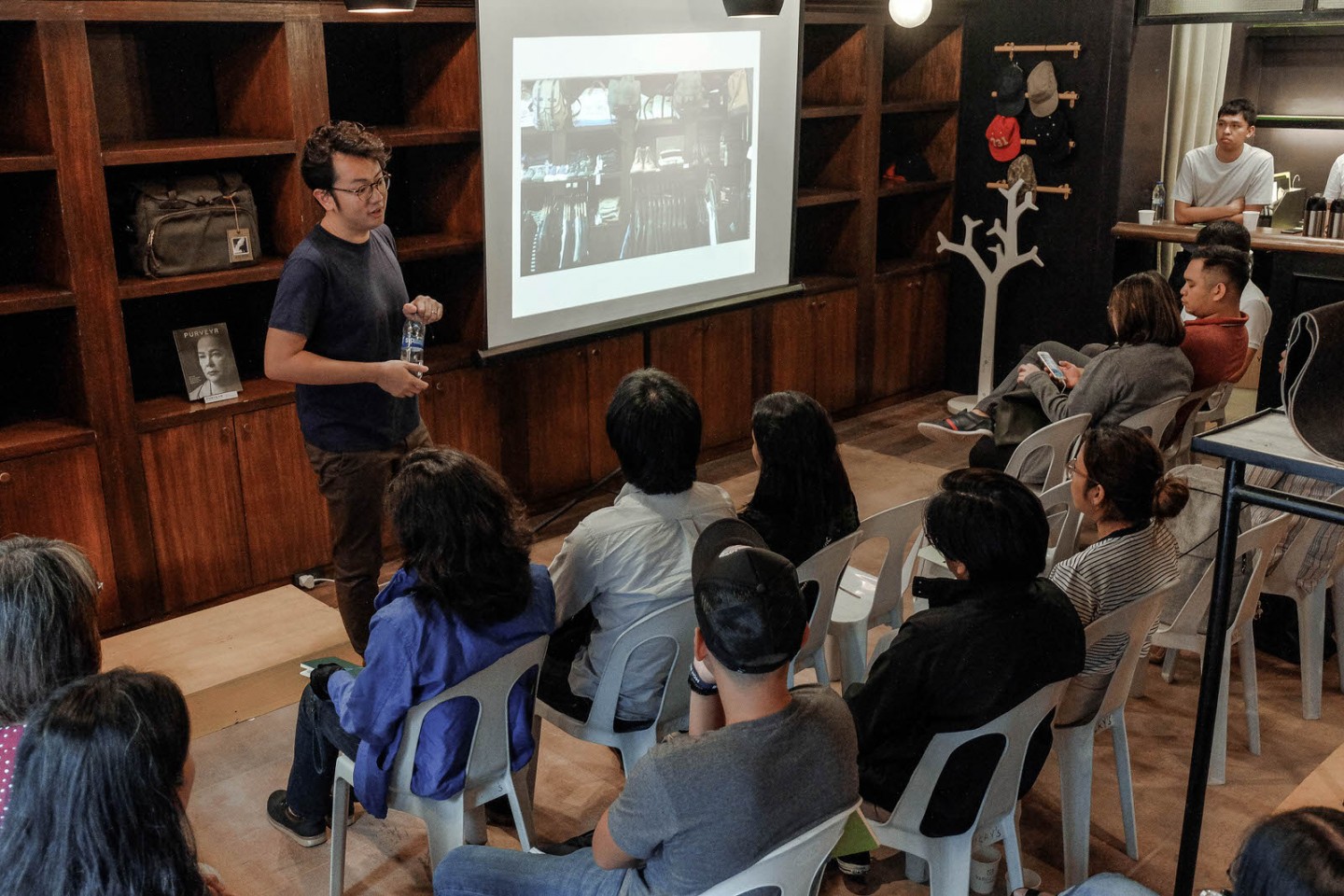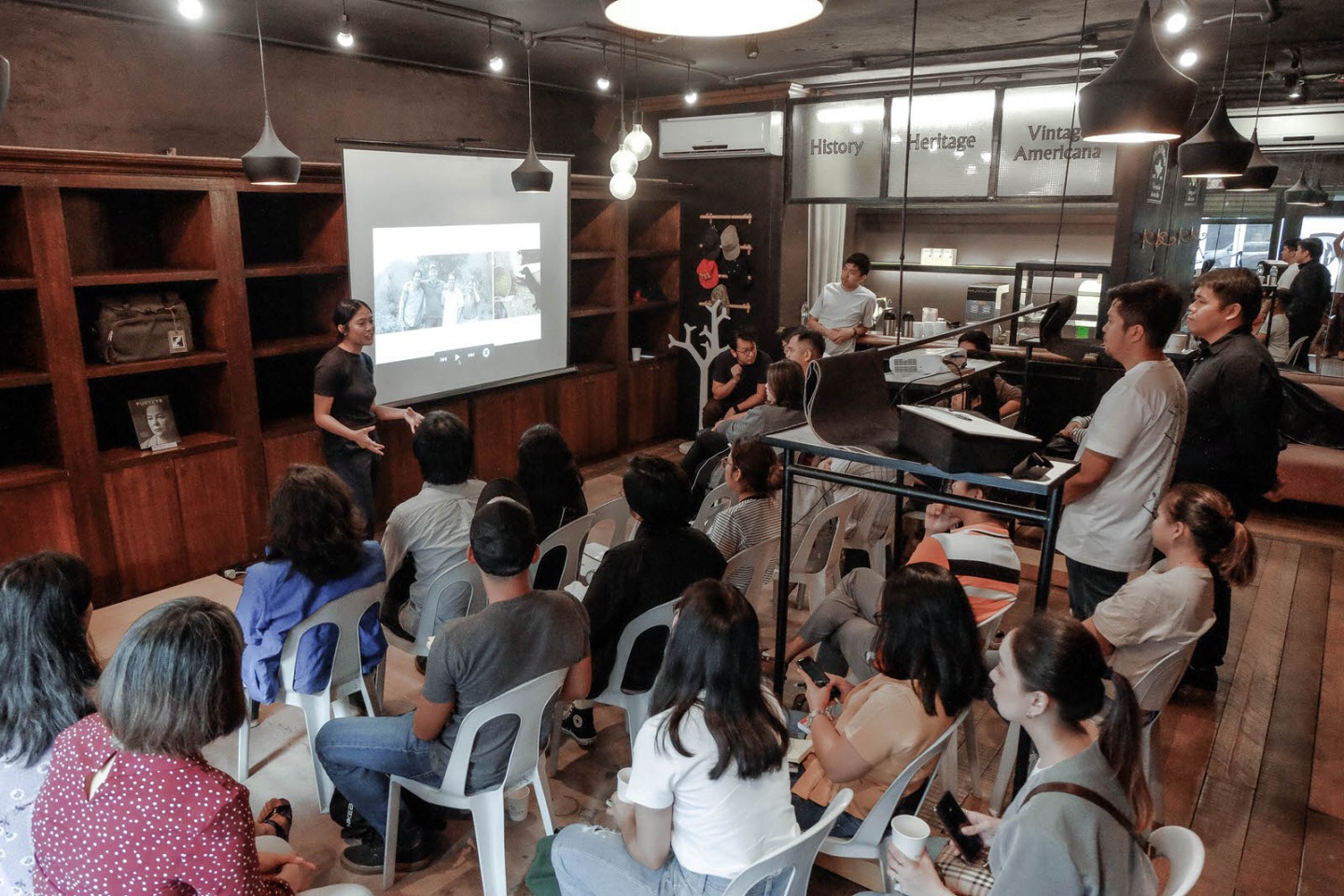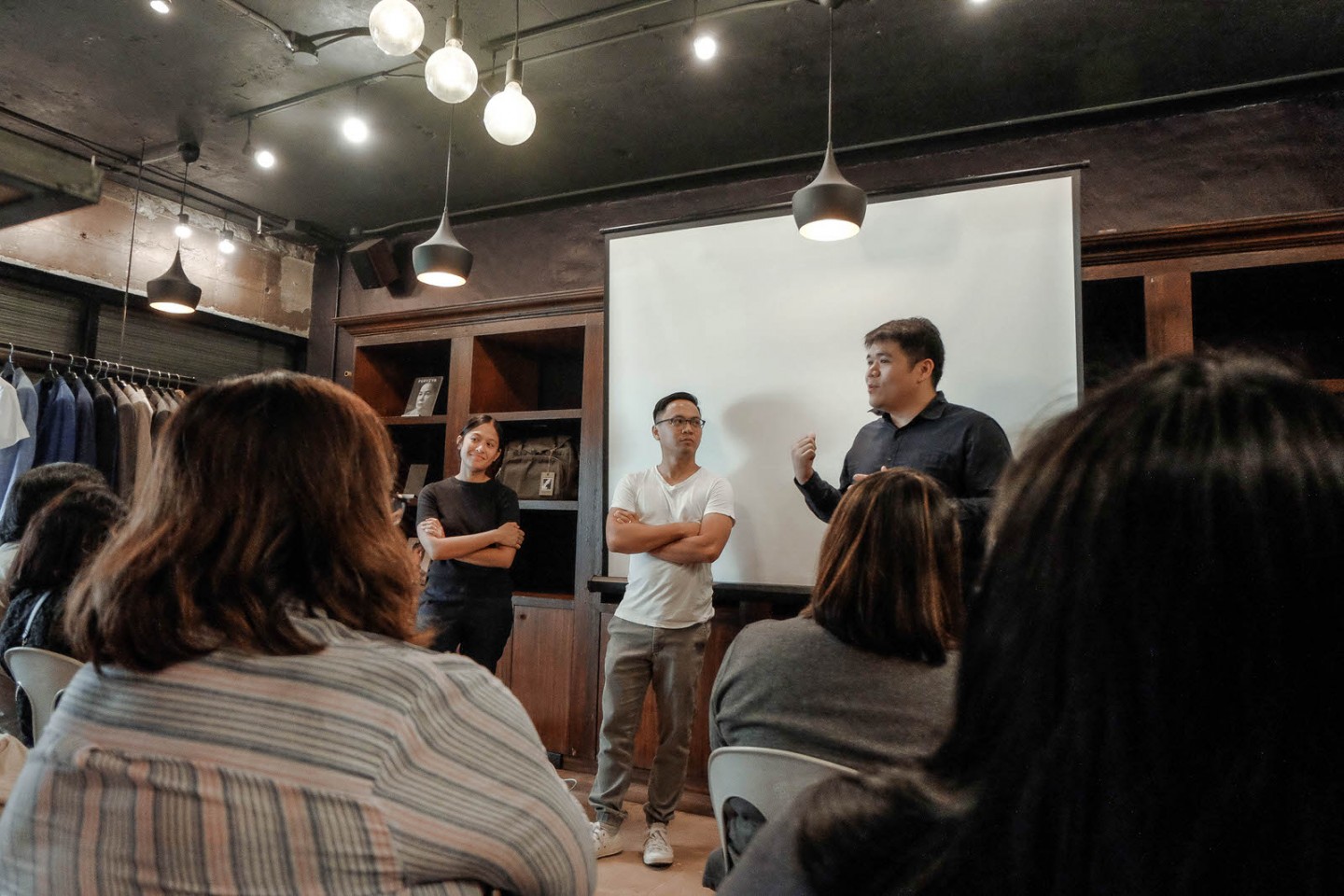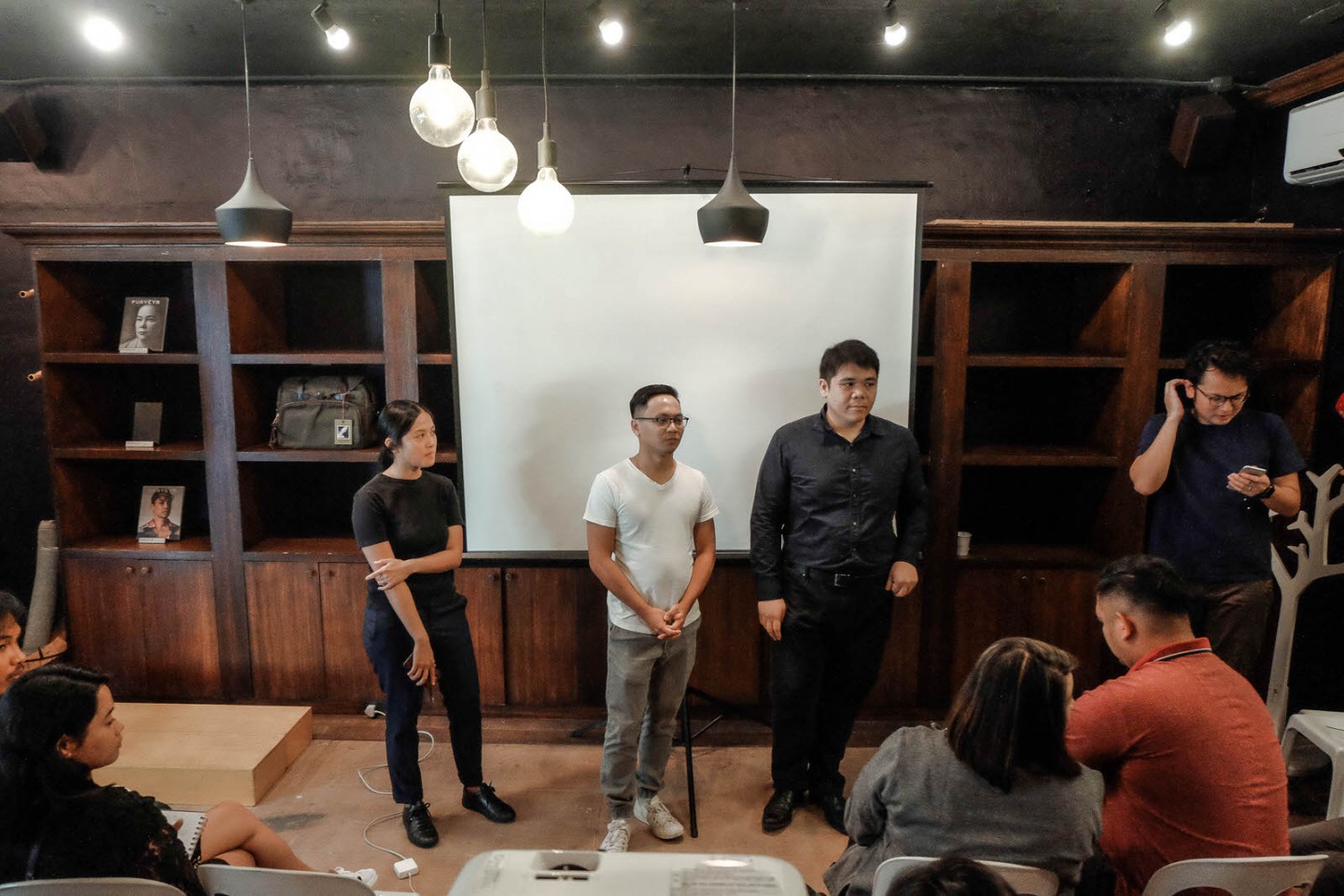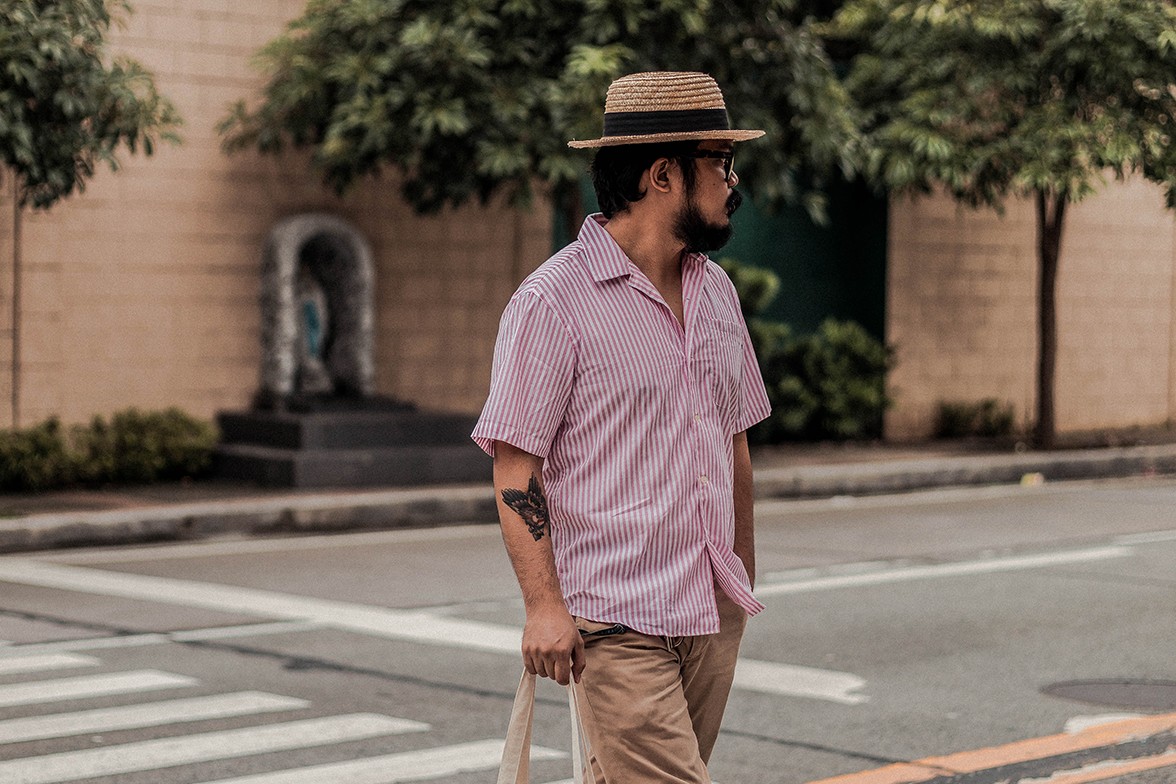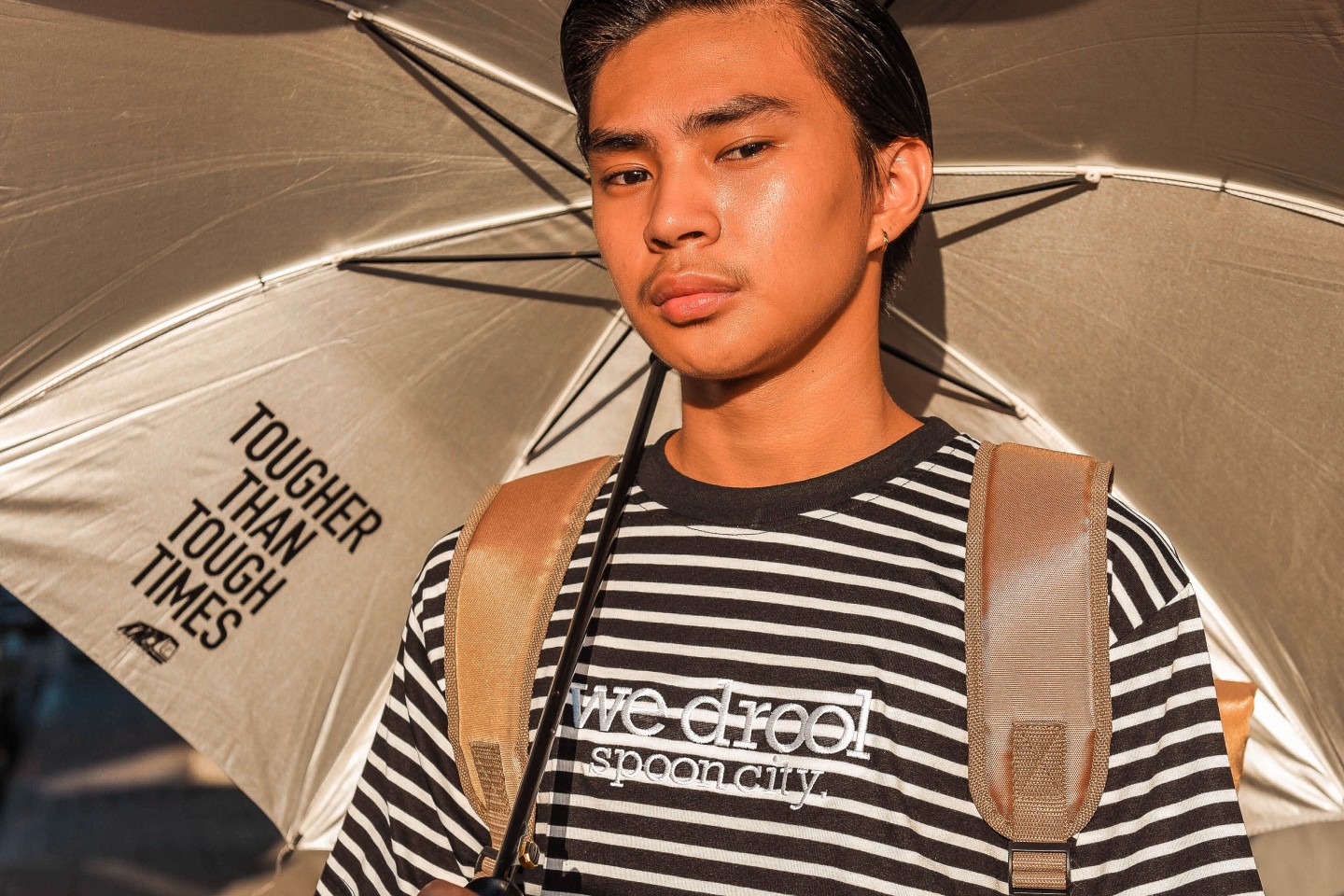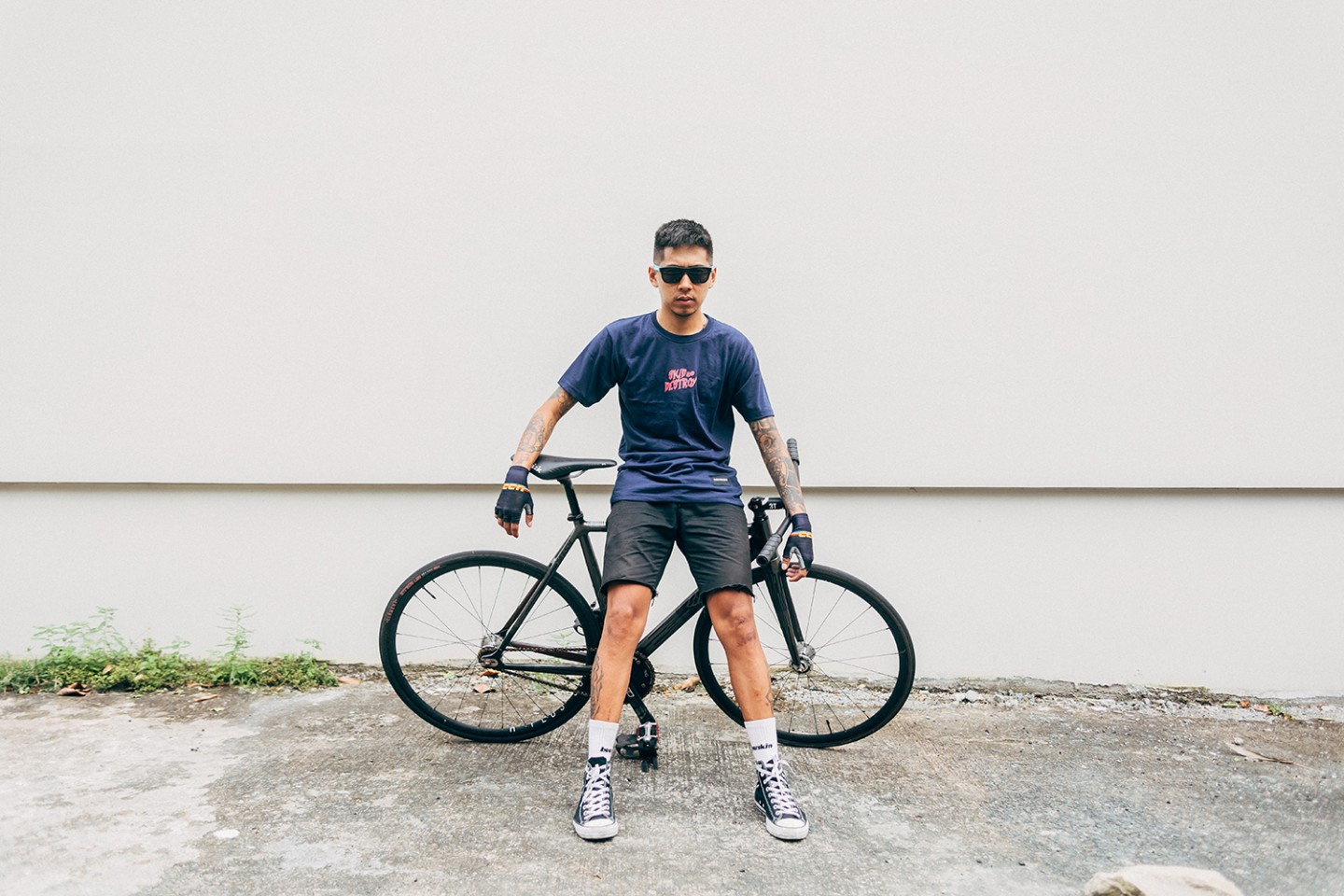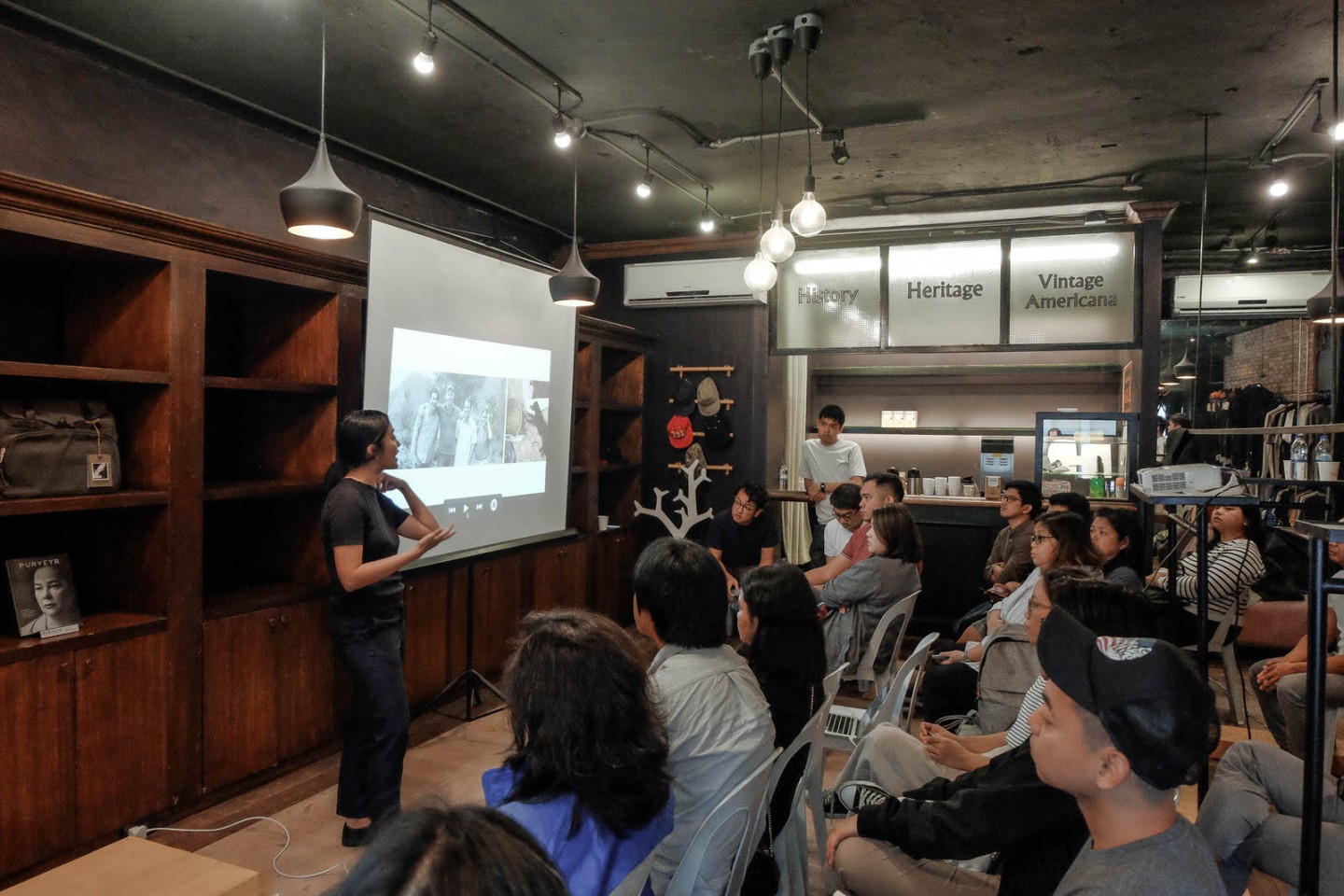
The coffee scene in Manila has massively changed over the past years – the messaging has been formed and reformed based on the coffee consumers’ acceptance of the coffee scene. A city that was once only occupied by the biggest global coffee retail brands is now booming with both budding and local specialty coffee shops with each of their own quirks, offering, and mission – whether it be providing coffee education, introducing a new way of drinking a cup, or simply, by providing a space for people to gather, exchange ideas, or be productive.
In its early stages, the third wave specialty coffee shops differentiate their selves through their especially sourced and graded beans but through time, as consumers of specialty coffee has grown and evolved, so did the shops – the coffee scene has now shifted to become a battle of who provides the best experience, which goes beyond just the quality of cups being served and extends to coffee shop owners’ choices on design and spaces.
There are apparent changes and challenges in the local coffee scene and these have been rationalized and explored in the last Spill The Beans – an initiative PURVEYR hosts with Yardstick – with the help of three distinct individuals in the coffee scene; Jonathan Choi (Magnum Opus/EACH), Dani Torres (Type A), and Raph Garcia (Habitual Coffee). This edition of Spill The Beans was hosted in the Regiment space by Signet.
It seems like you are all in this scene because of the first impression that you all had with independent coffee spaces. In your own ways, how do you try to create that kind of first impression for your guests? Does it even matter?
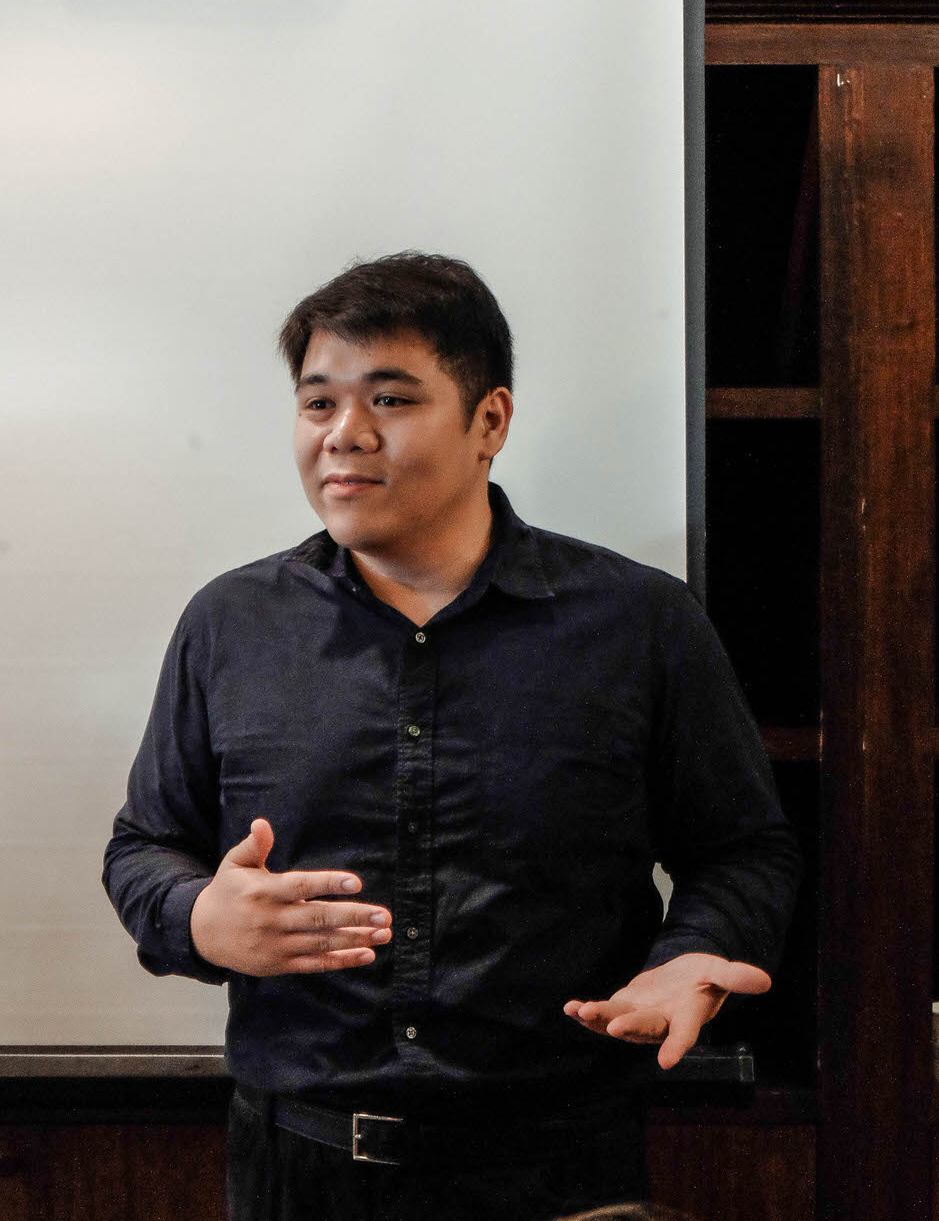
JONATHAN: Being consistent and having standards pay off. You want to provide an experience that can be easily replicated; you don’t want to give your 110% to this person only to give them something less delicious the next time. The goal really is to create a consistent experience that will give people that magical moment whether they try it for the first time or the second time. So yes, a consistent way to serve and a well thought-of menu in your café are our way of making sure that we’re able to hopefully create those same initial mind-blowing coffee experiences.
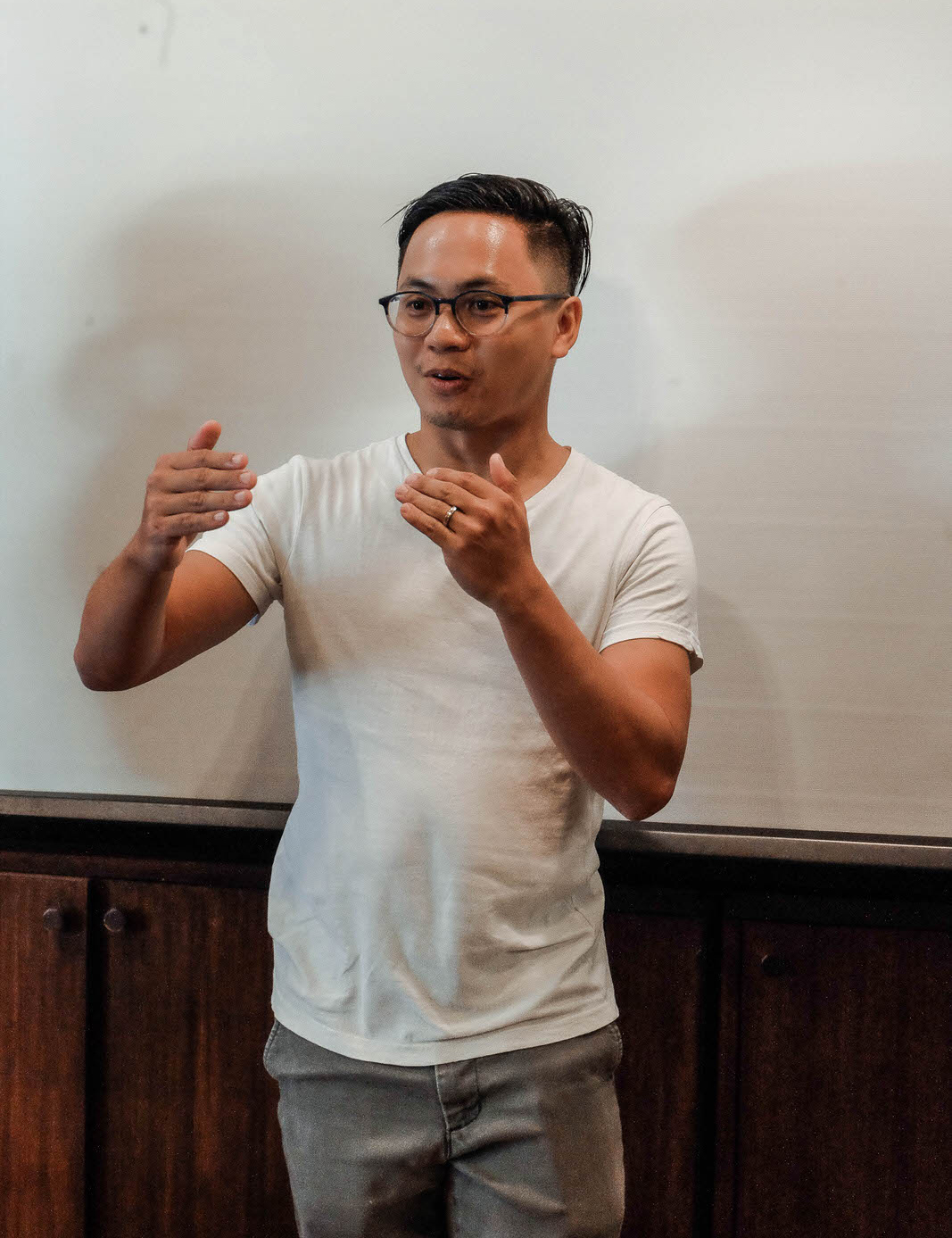
RAPH: That’s true, you have to be consistent. All your staff have to be really well-trained, meaning, that they should be aligned to your vision. For example, in Habitual, when we serve our black aeropressed coffee, we serve it with a paper that explains what drinking the cup should feel and taste like – and we saw good responses from our customers, where we see their faces light up when they relate to the paper they just read. It’s experiences like those that should be replicated. A constant conversation amongst the team now is how do we exactly replicate that for a flat white, for example. So yes, I think it’s really an entire experience, kind of a holistic thing.
The whole specialty coffee thing can only truly touch the hearts of the coffee enthusiasts, but how do you reach out to everybody else? How do you surprise them? And that’s why the whole experience is really more important.
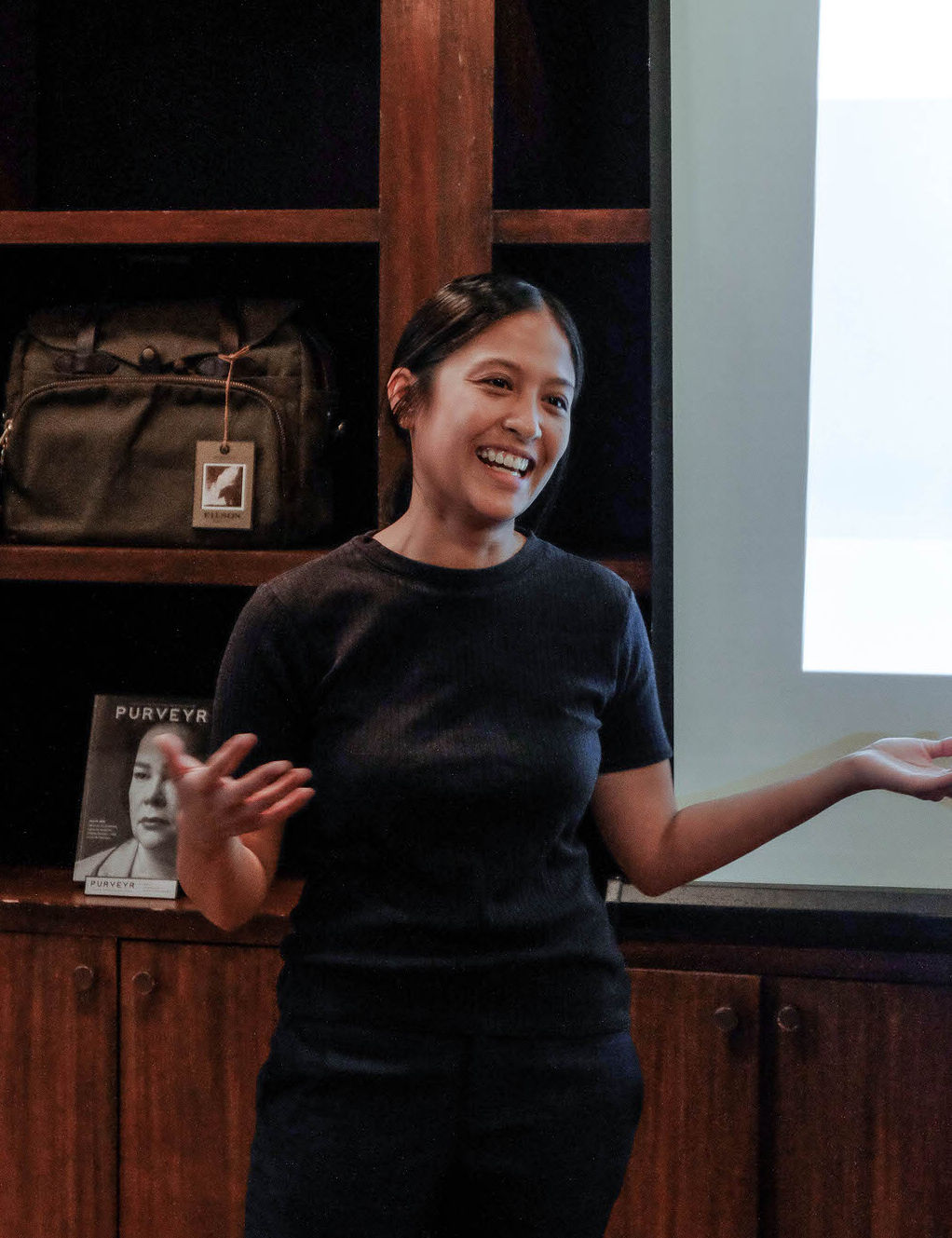
DANI: It’s very similar to us, but also a little different in that we don’t have the same coffee shops that Jon and Raph do. Because we have one product that we’re trying to make the people understand. I think those AHA moments, the moment where you start to get obsessed with something whether it’s coffee or a sport, I feel like it’s the moment where it suddenly clicks in your brain and you’d go “oh I get it!” or “hey, this is really really enjoyable for me.” With Type A, we’ve been around for at least two years, and it has been a constant struggle to get people to understand how to drink it. It has been a learning process. What we’ve found out recently is that when we set up a bar or pop-ups in parties and we let people mix their own drinks – where they really hold the milk and create their own – it actually provides us a higher batting average for us to get people into drinking cold brew.
What is your advice to newcomers in the coffee specialty space who encounters customers that want product choices provided in the mainstream/commercial coffee shops?
DANI: Try to meet your customers where they are. For example, you as an owner, have a very clear-cut idea of how you want to serve your coffee and your customers also have a very clear idea of what their coffee needs to be; so maybe it will be a little more helpful of you to step a little further and deeper with the people who go into your shop. You can ask them why they want to get a frappucino and what about it is enjoyable for them. And then you’ll find something there in what they will say that you can latch on to, and then offer something you have or you’re comfortable serving and meet them where they are. For example, a mocha, which is a little sweeter.
JONATHAN: Similar to what Dani had said, the reason that a customer wants a frappucino can be distilled into something that you can do which might not be necessarily a frappucino. Since you’ve opened a shop already, and you have an idea of who your target market is, then Dani’s right about meeting half way without compromising your concept. It doesn’t mean you have to serve what they want outright but it might just mean that you’re going to serve something that you’re still happy about and is in line with your brand and your concept.
There is an apparent spotlight about experience. How do you guys differentiate yourselves from the Starbucks/commercial coffee shop ‘experience’?
JONATHAN: You go to another coffee shop or an independent coffee shop because you want a different level of engagement. Starbucks is a big business and what I admire about them is how efficient their businesses is, how fast everything is. And I’m an advocate of promoting standards that create consistencies in shops, but there will always be this level of detail that we do in sacrifice of going through a larger number of orders per day, but because of that we are able to kind of be a bit slower in terms of how we talk to people. Most of the time, it’s really all about that warmth that you give, that you provide, that’s not a cookie-cutter type of engagement, is what I feel, truly differentiates our shops compared to a Starbucks or any other commercial coffee shops.
DANI: Yeah, for me, I love Starbucks because that’s how I started, but I don’t drink it that much anymore, but I think they are here to stay. And people like us, who have new concepts in coffee, where it’s hyper local in the Philippines, for example in LU, or wherever, what we offer is a different kind of experience because there has to be something for everybody. Because like me, I kind of graduated from Starbucks, I want to go to Yardstick when I’m in Makati. And that I think is a mark, like having all of these concepts coexist together is the mark of a progress not just in coffee, but as a nation, as a city. Because the biggest cities in the world like Tokyo, NY, LA, it’s like that, there’s still Starbucks, there’s still coffee bean, but the indie coffee shops are also doing well. Why? Because people are looking for something different.
More and more international specialty chains are opening here in manila, so a few year’s back, we have toby’s come over, and now Arabica, and then Elephant Grounds is going to be opening in the next few weeks, so given that, do you see this as a good or bad thing or are you guys doing anything differently given their presence?
JONATHAN: If anything, even if we’ve been around longer, they still have the presence and the market penetration. I think in a way, there are so many arguments that can be created when it comes to their presence in their market and how it affects local companies, but one thing that resonated with me is that people are now more aware.
To me, Toby’s is like a Starbucks in the sense that they go through a high volume of people, yes, at their core, they do serve specialty coffee, but it’s a quick experience. But again, because of the names, because of the flavor profiles, because of the concepts, it has opened consumers’ eyes to other independent players. And all of a sudden, people are more willing to enter your independent shop and are more confident to order off the menu, thanks to chains like Toby’s which are more accessible.
RAPH: I have to agree with that. Among specialty coffee brands, we’re not competitors in reality. The real competition is trying to get more people to appreciate it. And the only way to do that is to have more shops out there. And since they’re big brands, and backed by big money, they are able to scale. But at the same time, is what happens is that you go where all the specialty coffee places are right? So, I think it’s really good for the market.
How does a space affect its users/audience? Can you share your thought process on how you decide on how your space should look like?
RAPH: The whole idea of you designing for your users is a thing, but there’s also this aspect where you can design for a certain purpose – let’s say, workflow. For us, one thing we do is we put the bar closer to the door. That sorts of encourages that you order right away. In certain literature, it encourages take away, because you can easily grab something by the door, and the workflow of the bar should be designed so that processes can be lean since we are still in an emerging industry.
JONATHAN: I graduated from an engineering course, so when I design spaces, it’s all about function and intent. For example, in EACH, we are surrounded by multiple restaurants in Molito, and they are all glass frontage, and to me, because we are a coffee bar first and foremost, we wanted to make sure that people knew that we were a coffee shop first. That meant putting the espresso machine at arm’s length when you open the door, which is bright yellow. That tells people that we are a coffee shop that only happens to have food.
Second, seating, we wanted to kind of zone people to certain areas while maintaining some sort of flexibility or modularity. What do I mean by this? It means that it’s unavoidable that people work and plug in and use your wifi, and we’ve accepted that; but one thing we did, at least in the case of our shop is delegate spaces to act as nooks, these are tiny tables that could seat 2 or 4 people, and the outlets are just there. So, for tables that you can combine, for bigger groups, we didn’t put any outlets there. If you were someone who was working, then you’d immediately zone in on those 3 or 4 places where you can plug in. And if you’re needed to sit in a group, then it’s less likely that you don’t get any table because the big tables won’t be occupied because there are no outlets there.
DANI: Just to add, maybe when you do your design sprint, you have to write out your users – who are the different users of this space – you can as high level as customer, or barista, and design around them. You have to have to keep them in mind and put yourself in their shoes. In terms of customers, you can be as specific as “the student” or “the one who has a date” because that also helps you filter out, since there are so many different personalities.
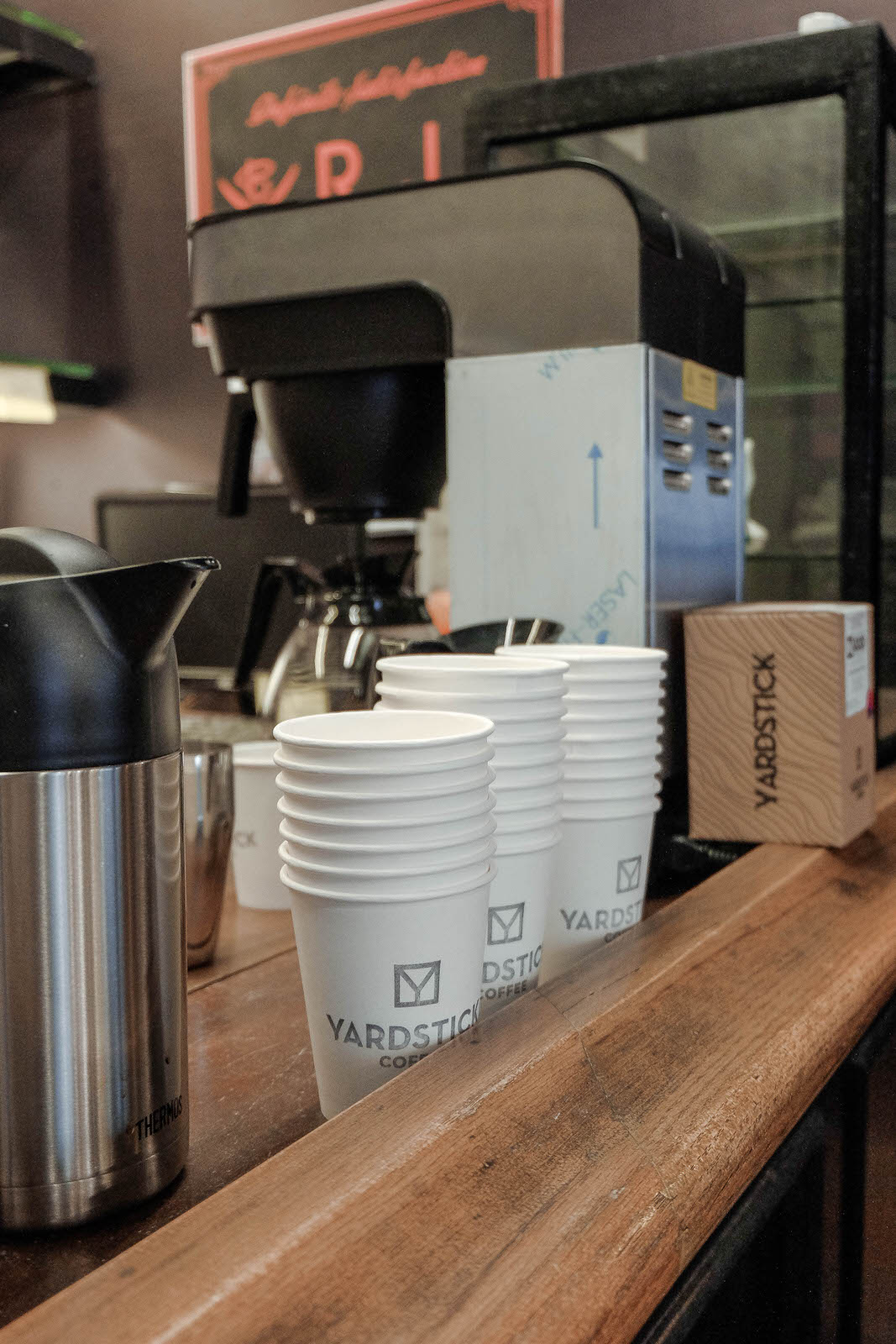
As coffee shop owners and as coffee shop goers, what makes you dislike a coffee space other than bad coffee?
DANI: Snooty baristas!
RAPH: I agree with that, and that sorts of goes back to the discussion on the difference between 3rd wave and Starbucks. A lot of 3rd wave shops are a bit on the snooty side – and that’s something that we are totally working on. But to answer the question, it depends on the situation, for example, if I need to work, then I look for wifi and sockets. So, it really depends on what you are looking for in a specific moment.
JONATHAN: To me, as a coffee fan, I walk into coffee shops with an open mind and I actually enjoy it when they do things differently from what we do. Talking about the space, my biggest pet peeve would be confusion. Like if you walk into a space and you don’t know what to do next. That’s something disconcerting, and a turn off than bad coffee.
As owners, how do you make spaces authentic? To avoid the space to feel inauthentic, or fabricated. How do you make it authentic to who you are or who your brand is?
RAPH: For us, I’ve been mentioning that it’s really all about who we want to serve and what we want to mean to them. I guess it’s all about seeking clarity in what you want to mean to certain people and communicating what that is through your spaces.
JONATHAN: People love a good story. And I guess for most shops, most are inspired by something and I guess as a business owner, if you were inspired by something then be ready to tell that story. Whether it’s you actually telling it to someone who’s asking, or your baristas equipped to answer things like that. If you are able to tell a story on why you’re doing this, what inspired you to do this, and then they feel that it’s genuine, they feel like it’s something that you’re passionate about. It can go beyond the name of your shop, it can apply to the names of your products, and spaces as well.
DANI: Just to tie it together, whether you took inspiration from Pinterest of wherever, some consumers respond to things they recognize on Pinterest. But I think, what’s important as an owner is being able to find a specific story that you want to tell with your own voice. You have to tell it and try to get as many people in your time because none of us run these things by ourselves – like hiring the right people and training them enough and getting them in the loop, so that they also share that voice.

